Benefits of HIIT
Posted: 25/07/2019
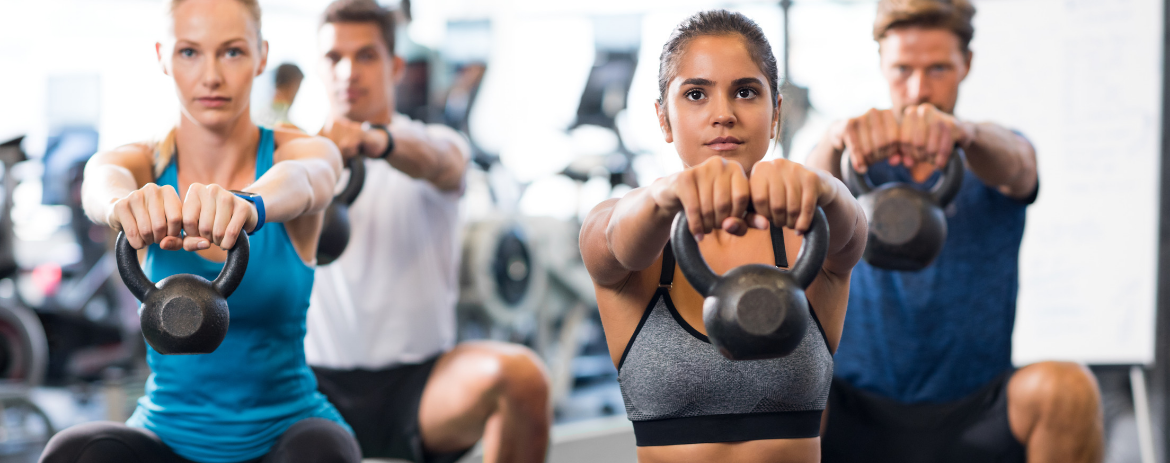
For years, some people believed that to increase your stamina and overall fitness, you had to work out for hours and hours, and many believe that they just don’t have time to exercise properly. But it’s quickly become apparent that you can get fitter faster by working out in shorter but more strenuous sessions. You might have noticed that HIIT – a workout that involves short bursts of intense activity with rest periods in-between – is insanely popular, and there’s a good reason for that. Let’s find out more.
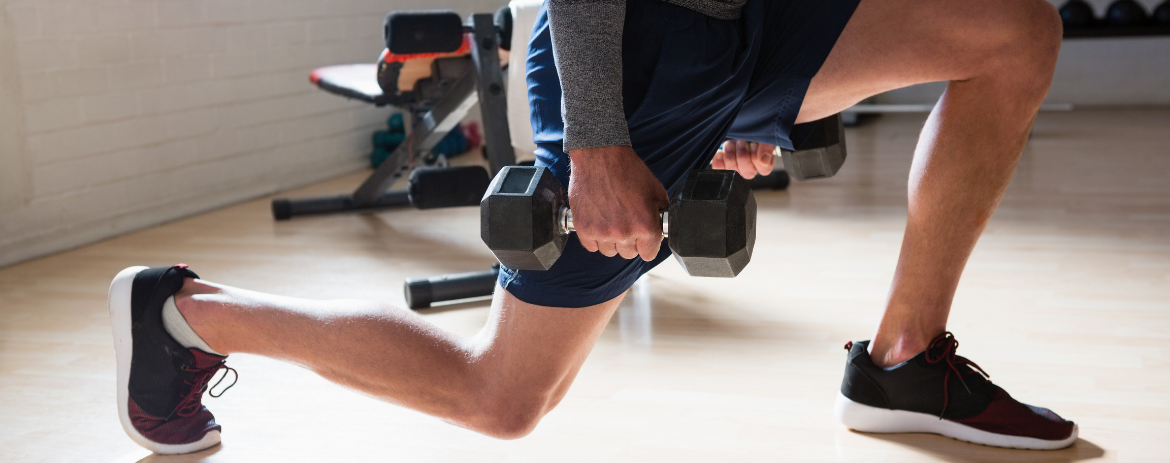
What Is HIIT?
HIIT – formally known as High Intensity Interval Training – is a form of exercise designed to burn fat and tone muscle in a fraction of the time that could be accomplished with conventional cardio.
As the name suggests, this form of training involves splitting a cardio session into ‘intervals’. That means you’ll be alternating between high intensity and low intensity, for example, sprinting for a short one minute burst and then recovering with 2 minutes of power walking.
The exact way that you break the session down can vary according to personal goals but the general idea is to force your body into an ‘anaerobic state’ during the high intensity burst. This means you’re training too hard for your aerobic system to keep up, which depletes glycogen stores in the muscles. This then means that your body will be forced to burn fat at a higher rate, as that will be its only source of energy. And even better than that, the effects of HIIT enable you to carry on burning more calories even once you’ve stopped training, which can continue for several hours. How good is that?!
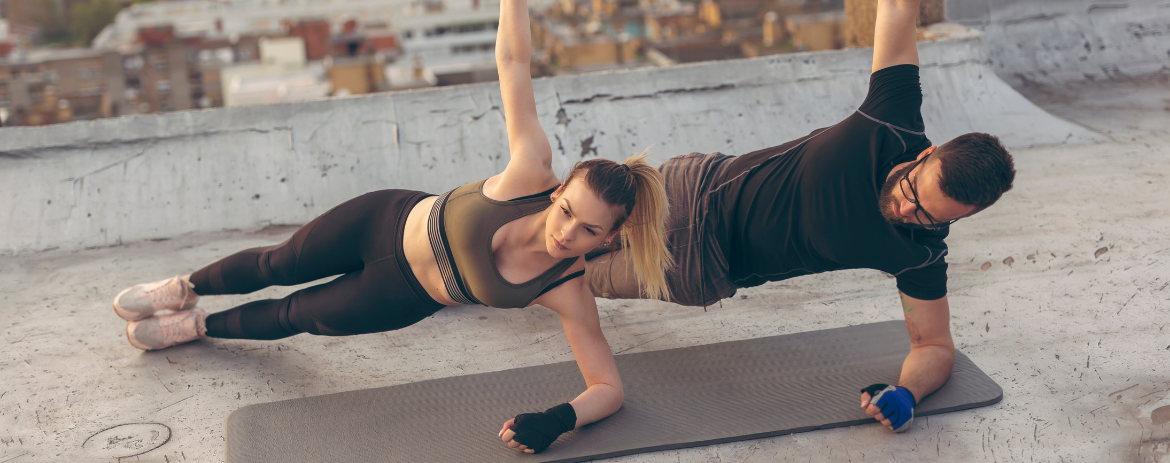
What Are The Benefits of HIIT?
There are a tonne of benefits to doing a HIIT workout. Here are seven great reasons why you should consider adding HIIT to your exercise routine:
It Helps Build Endurance – High Intensity Interval Training quickly adapts the cellular structure of your muscles, enabling you to increase your endurance, regardless of what exercise activity you choose.
Burns Calories and Fat in a Shorter Time – HIIT is super effective for those who don’t have a lot of time to work out. Studies show that 15 minutes of high intensity interval training burns more calories than jogging on a treadmill for an hour. Sounds good, doesn’t it?!
Boosts Metabolism – It is said that high intensity interval training helps you consume more oxygen than a non-interval workout routine. The increased amount of oxygen consumed helps to increase your rate of metabolism, thus helping you to burn more calories at a faster rate. Can’t ask for more than that, can you?
Burns Calories and Fat Hours After You Leave the Gym – When participating in such high intensity routines, your body’s repair cycle goes into hyper drive. This means in the 24 hours after a HIIT workout your body is still burning calories and fat, whereas after steady-pace workouts, this may not happen as much.
No Equipment Is Necessary – Not only is HIIT time efficient, you can do it almost anywhere as you don’t necessarily need any equipment to do it! All you need is a good attitude and a little open space. HIIT workouts utilise your own body weight, so any exercise that gets your heart rate up quickly can be implemented into a HIIT routine.
Lose Fat and Not Muscle – Regular cardio exercise is often associated with losing muscle. HIIT workouts, however, combine intervals of cardio and weight training (the weight being your body) which effectively allows dieters to preserve their muscle gain while still shedding weight.
Good For Heart Health – They say that extreme training helps build extreme results. It’s hard for most people to push themselves to an anaerobic zone where you lose your breath and feel your heart pounding faster and faster. But with interval training it’s easier to push yourself to that level because of the rest interval that comes right after you reach that point. This helps keep a healthy heart and helps blood flow effectively throughout your whole body.
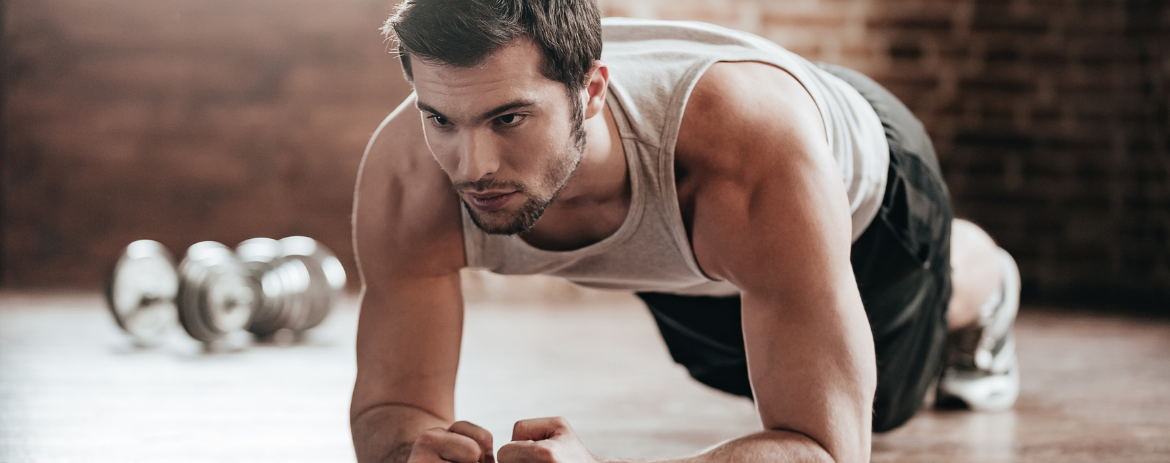
How Often Should You Do HIIT?
So you might be thinking about doing HIIT more regularly now you know the benefits of doing so. But how often should you be doing it? One of the most common mistakes that people make is assuming that more is better. But given the intense nature of interval training, you should do no more than three sessions of HIIT a week. And you should make sure that you are getting 24 hours of rest and recovery between each HIIT session.

Heart Rate Monitors
Heart rate monitors are really good for making HIIT training not only easier but more fun. Many people say that watching their heart rate increase during a workout helps them to be more competitive with themselves and others, and helps to give them that boost to push just that little bit more. Instead of guessing whether you’re pushing yourself too hard or not hard enough, with the heart monitors, you can see exactly how hard your heart is working and how easily you recover. Essentially, heart monitors capture crucial data about your heart rate as you engage in HIIT. Because this information — as well as your calories burned and a Heart Rate summary — are displayed in real time, you instantly have all the statistics you need right there on screens throughout the gym. Armed with this information, you can modify your intensity to reach the right heart rate for the afterburn. Sounds impressive, right? Psst, we are about to open a brand spankin’ new HIIT studio in Rainham, Medway. Fancy checking it out? Send an email to info@reynoldsgroup.co.uk and we’ll make sure you’re one of the first to see it!
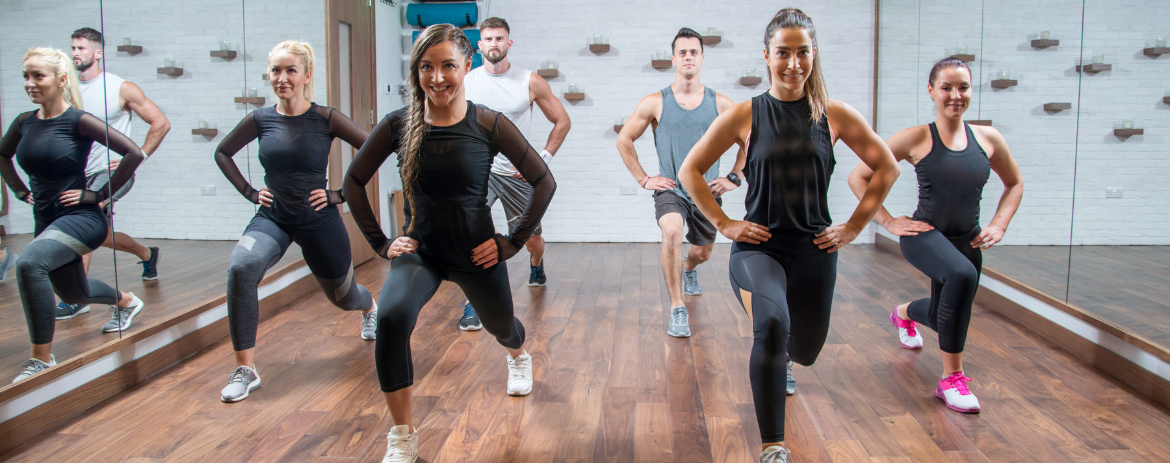
To Summarise….
Taking everything into consideration, it’s clear that HIIT is here to stay and is likely to become more and more popular as time goes on. That doesn’t mean that there’s no place for regular cardio any more but simply that HIIT is something you should definitely consider adding to your workouts!



